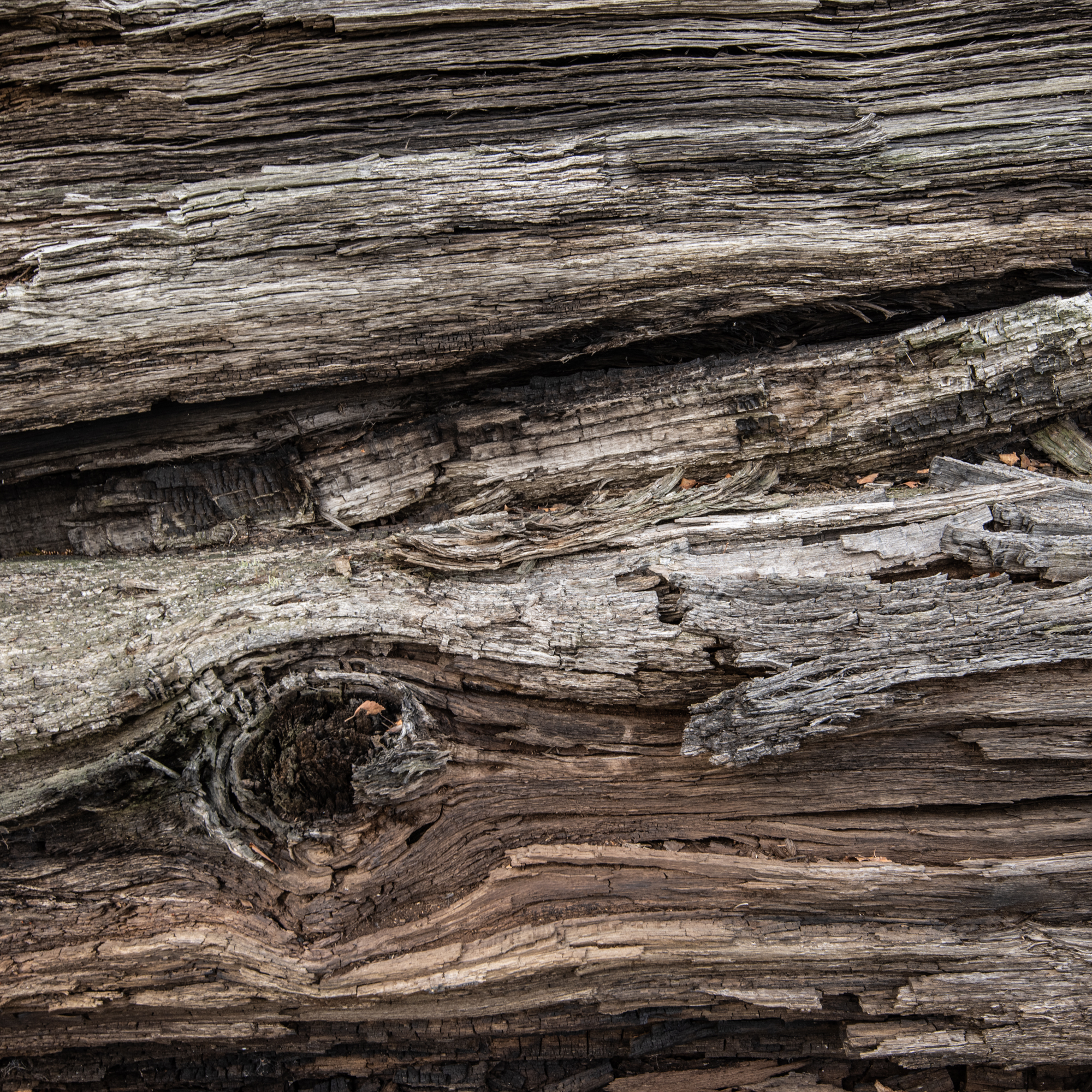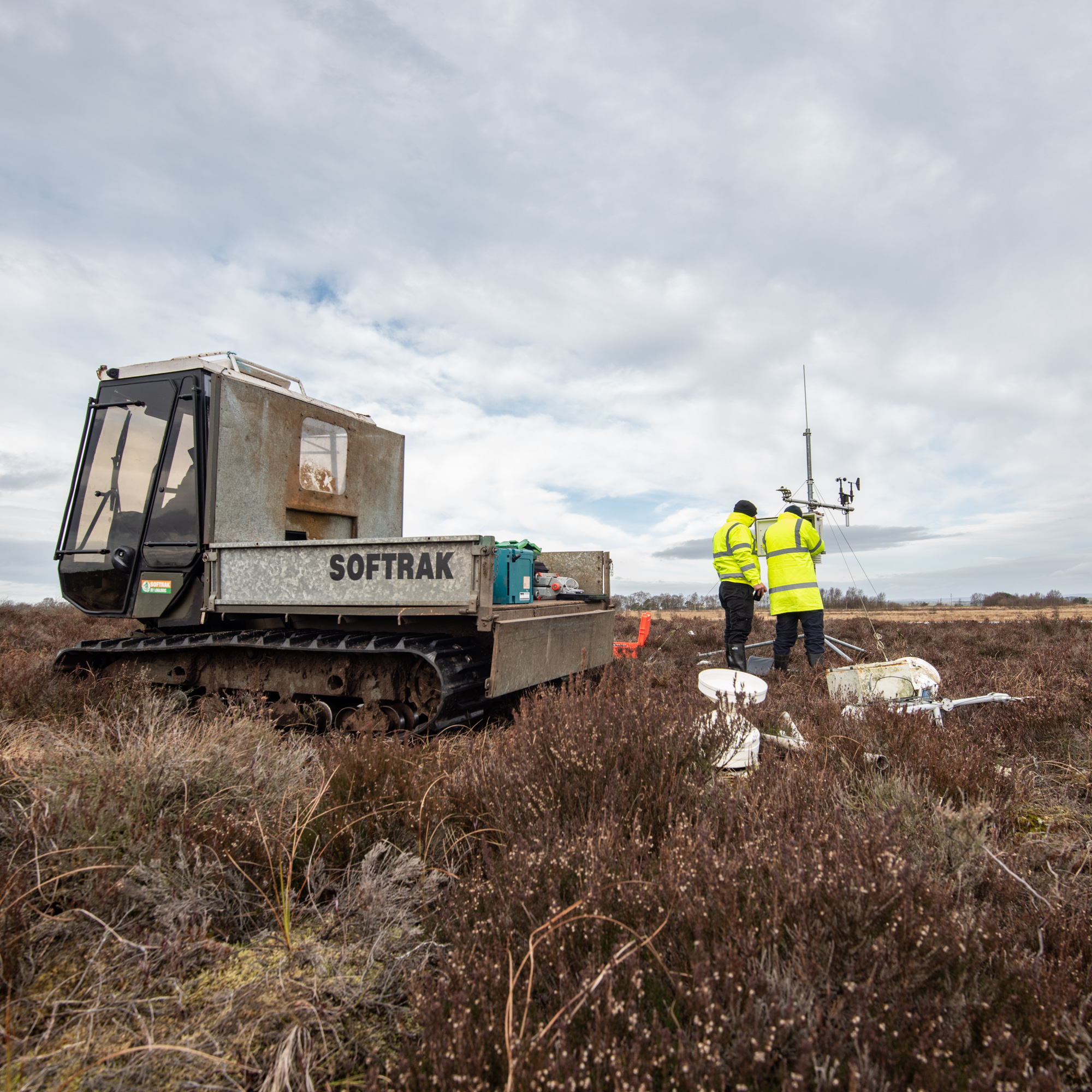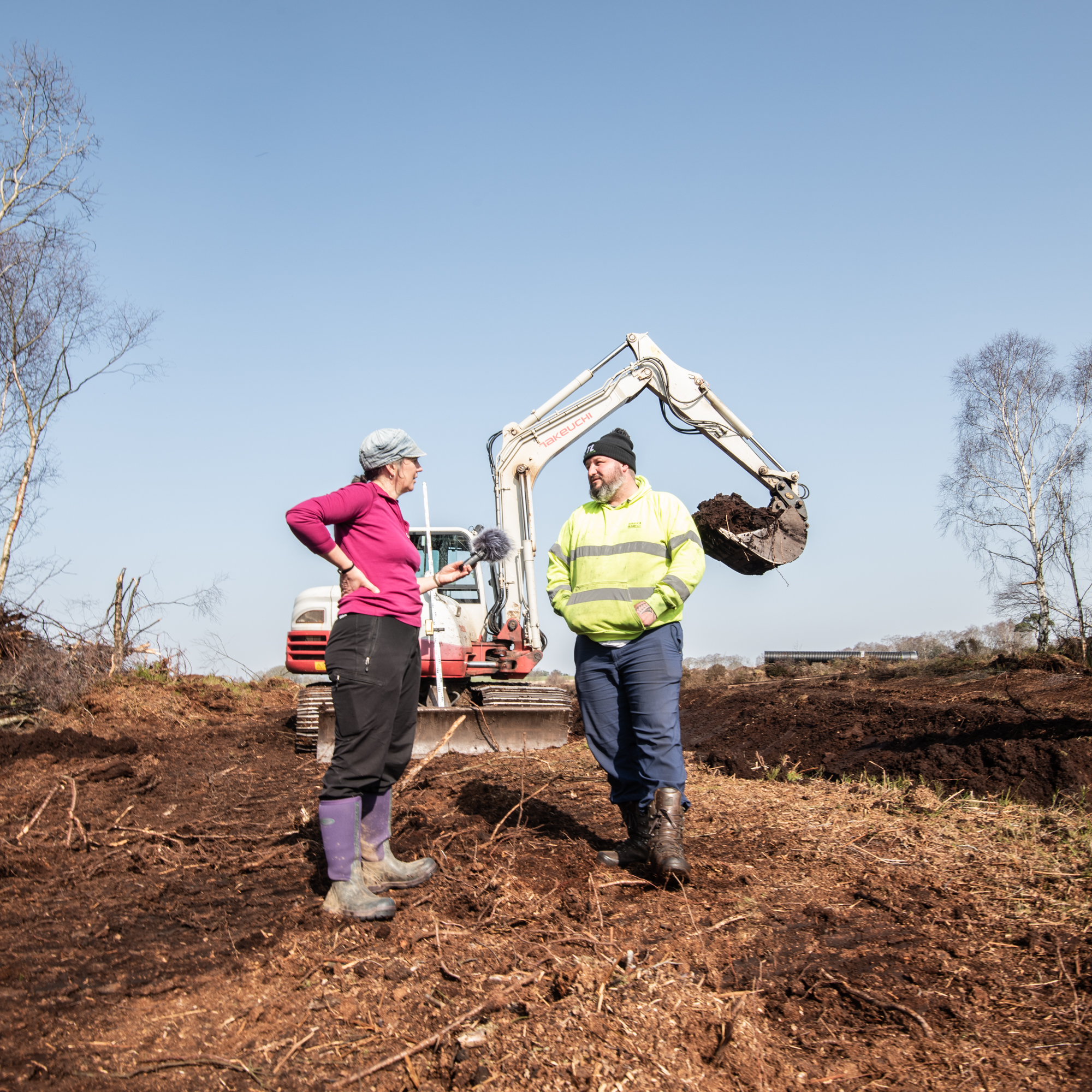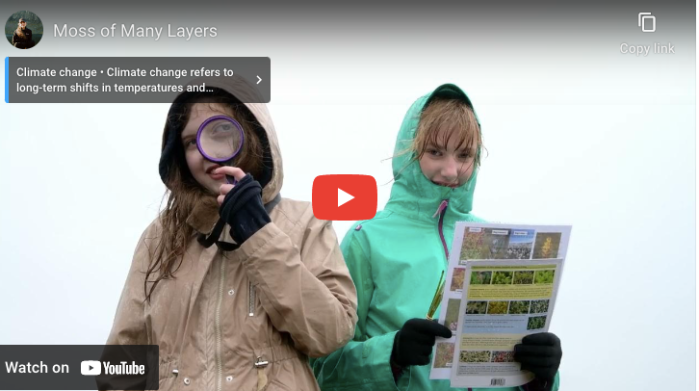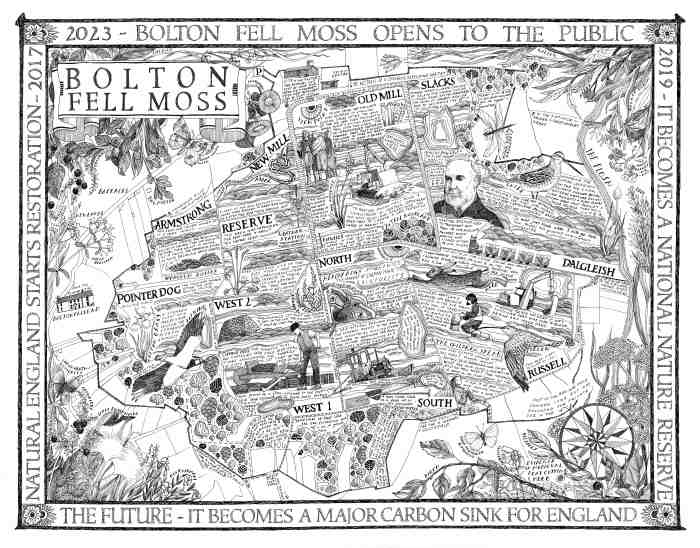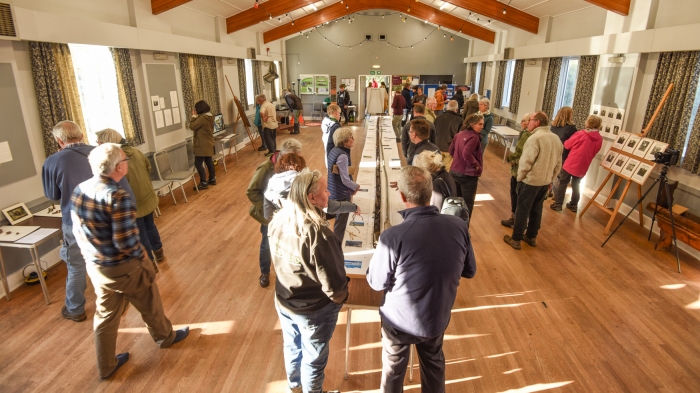A science-art-community project bringing Bolton Fell Moss to Life
‘Moss of Many Layers’ is an art-science-community and research project focusing on an extraordinary expanse of lowland bog at Bolton Fell Moss, north of Hadrian’s Wall in Cumbria. Working with people in the local area, the project uses art and the sharing of science to make closer connections between people and Bolton Fell Moss. Meetings, events, research visits and interviews during 2022 led to a collection of artworks, culminating in a ‘Wide Open Day’.
The project has been funded by NERC (National Environment Research Council) and run by the PLACE Collective in partnership with Natural England, Cumbria University and peat restoration specialists Barker and Bland.
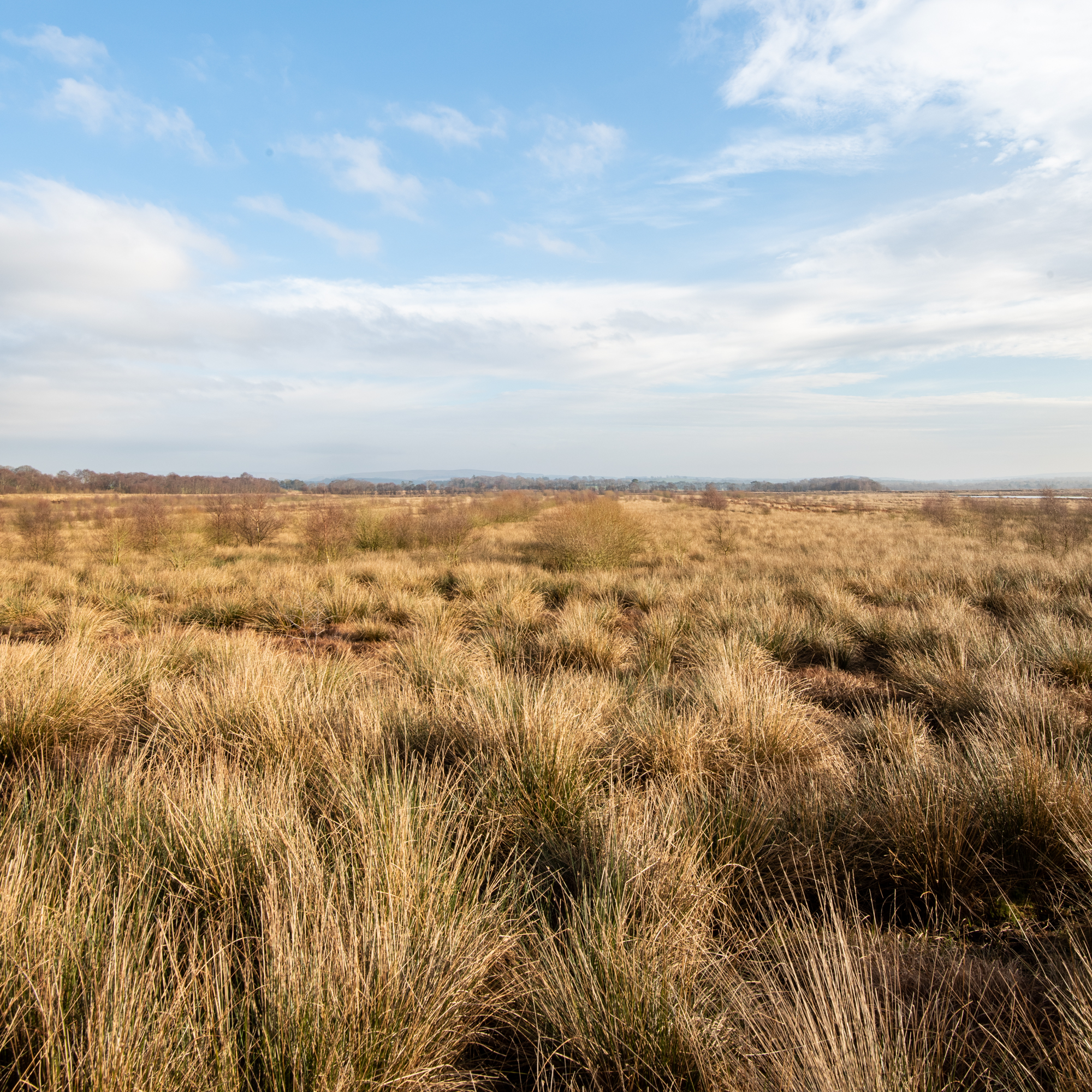
Bolton Fell Moss is being transformed from a site of industrial peat extraction to a National Nature Reserve. Restoration has started and in time this 421-hectare peatland will be on track to be a major carbon sink for England. In good state, this and other restored peat bogs offer nature-based solutions (NbS) to the climate and biodiversity crises. From 2023, Bolton Fell Moss will be open to the public, and will have a boardwalk to offer access.
Through Moss of Many Layers, research, artwork and engagement activities took place during 2022, culminating in the fabulous ‘Wide Open Day’. A digital collection of the work that was produced will soon be available on this site.
To find out more about Bolton Fell Moss and the project, just scroll down; and for interim reports and reflections, head over to the blog where you’ll find several posts from the team: or search for Moss of Many Layers.
WHO’S INVOLVED
‘Moss of Many Layers’ is led by the University of Cumbria in partnership with scientists from the Centre for National Parks and Protected Areas, artists from the PLACE Collective and the landowners, Natural England. It is being run in collaboration with members of the local community.
A BRIEF HISTORY OF BOLTON FELL MOSS
- c 11,000 BC, when the last Ice Age ended, scrapes were left by the ice
- 10,000 – 7,500 BC these clay-lined scrapes slowly filled with water
- 7,500 – 6,000 BC the watery pits gradually turned to swamp and fen
- 6,000 BC mosses started to become the dominant plant. These created peat, adding about 1mm per year
- 1900 AD the peat had accumulated to create a raised moss-covered bog, storing huge amounts of carbon
- mid 20th Century – extraction began to take peat for the horticultural industry. Within 50 years, thousands of tonnes of peat had been taken away: some mined areas of the site are now as much as 8 metres lower than the untouched peatland.
- 2013 – peat extraction came to an end, which meant a loss of employment locally. Under new ownership by Natural England a process of peatland restoration began.
- 2015 – Bolton Fell Moss was designated as a SSSI (Site of Special Scientific Interest). The ‘BogLIFE’ project of restoration began.
- 2016 – Bolton Fell Moss was designated as a Special Area of Conservation
- 2019 – Bolton Fell Moss was declared a National Nature Reserve
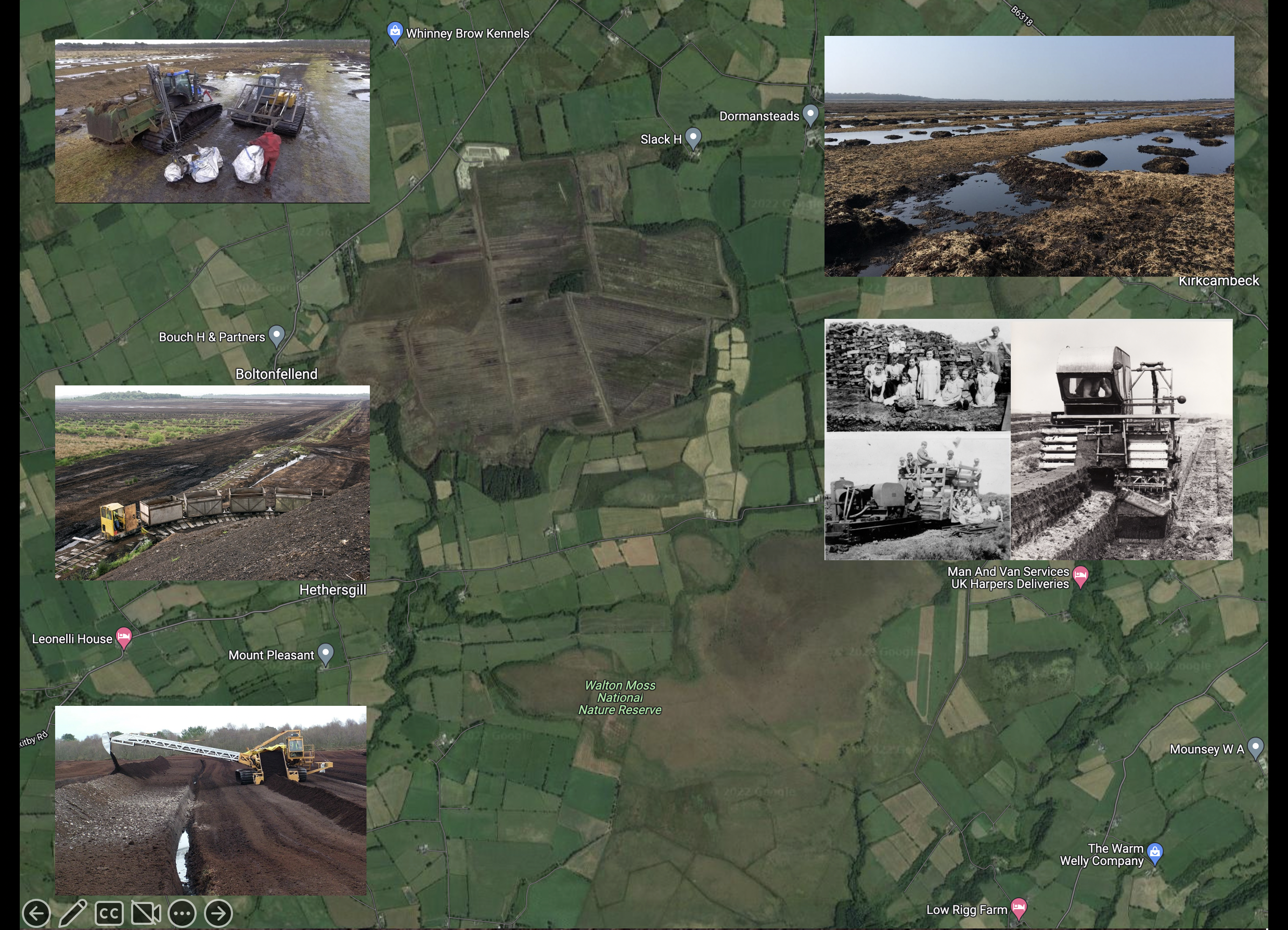
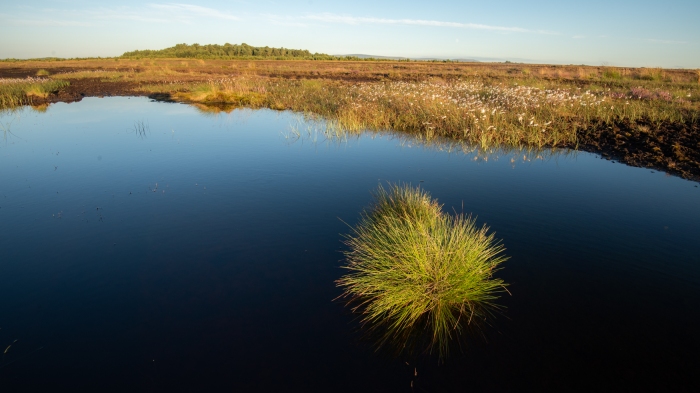
WHAT’S HAPPENING
The Moss of Many Layers project involves a multi-disciplinary team and a lot of knowledge sharing as we research independently and together. The project outputs combine information about restoration work and ongoing research from earth scientists and ecologists with reflections and artwork from local people. We’ll use photography, film, poetry and participatory art, and a new map of the area will be created. Our aim is to provide opportunities for people to reacquaint themselves with the site and explore it ahead of its formal opening to the public in 2023.
During 2022, Moss of Many Layers has provided opportunities for citizen science and arts-based engagement to increase understanding of climate change and the role of peatlands, and to restore a sense of involvement and pride in Bolton Fell Moss, which in the past was a significant source of employment in the area.
The art projects include portrait photography, creation of cyanotypes and prints, a new film, poetry and a new illustrative map. The artwork has run alongside restoration work, scientific research, and preparations to make the site safe for public access, with a new boardwalk. The site will be opening to the public in 2023, and there will be a new viewing shelter, as well as a research base – there is much to learn here, and ongoing research builds on decades of study.
EVENTS
During 2022 there has been a series of events including creative workshops with nearby schools – you can catch up with some of the reflections from these on the Blog. The pupils have been creating their own artworks in response to what they’ve learnt, and these will be shared at the open event (below).
Public events in September 2022:
Poetry Walk – September 10th; a stroll around the moss, with plenty of time for talking about mosses, bogs, mires, climate, restoration and wildlife, and pauses for poetry. More here.
‘Wide Open Day’ – September 26th. An open event with an opportunity to visit the moss (1.30-4pm) and an exhibition with film showing and conversations in Hethersgill village hall (4.30-7pm). Find out more here – about the plans for the day, and read this blog for a quick reflection on what happened.
FUNDERS
‘Moss of Many Layers’ is funded by The National Environment Research Council (NERC) as part of the programme ‘Arts based public engagement with climate change’ conducted by UK Research and Innovation (UKRI) 2021-2022.
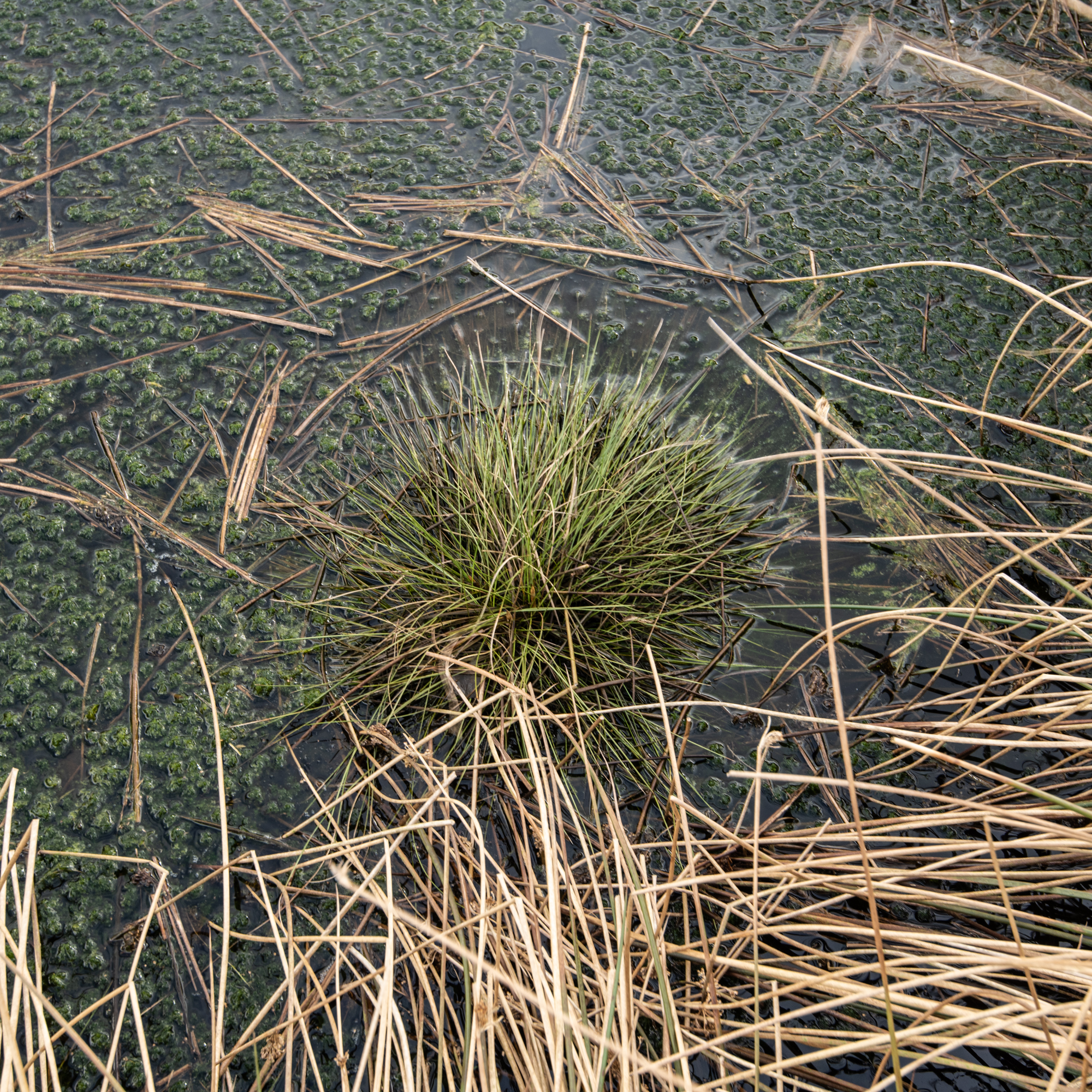
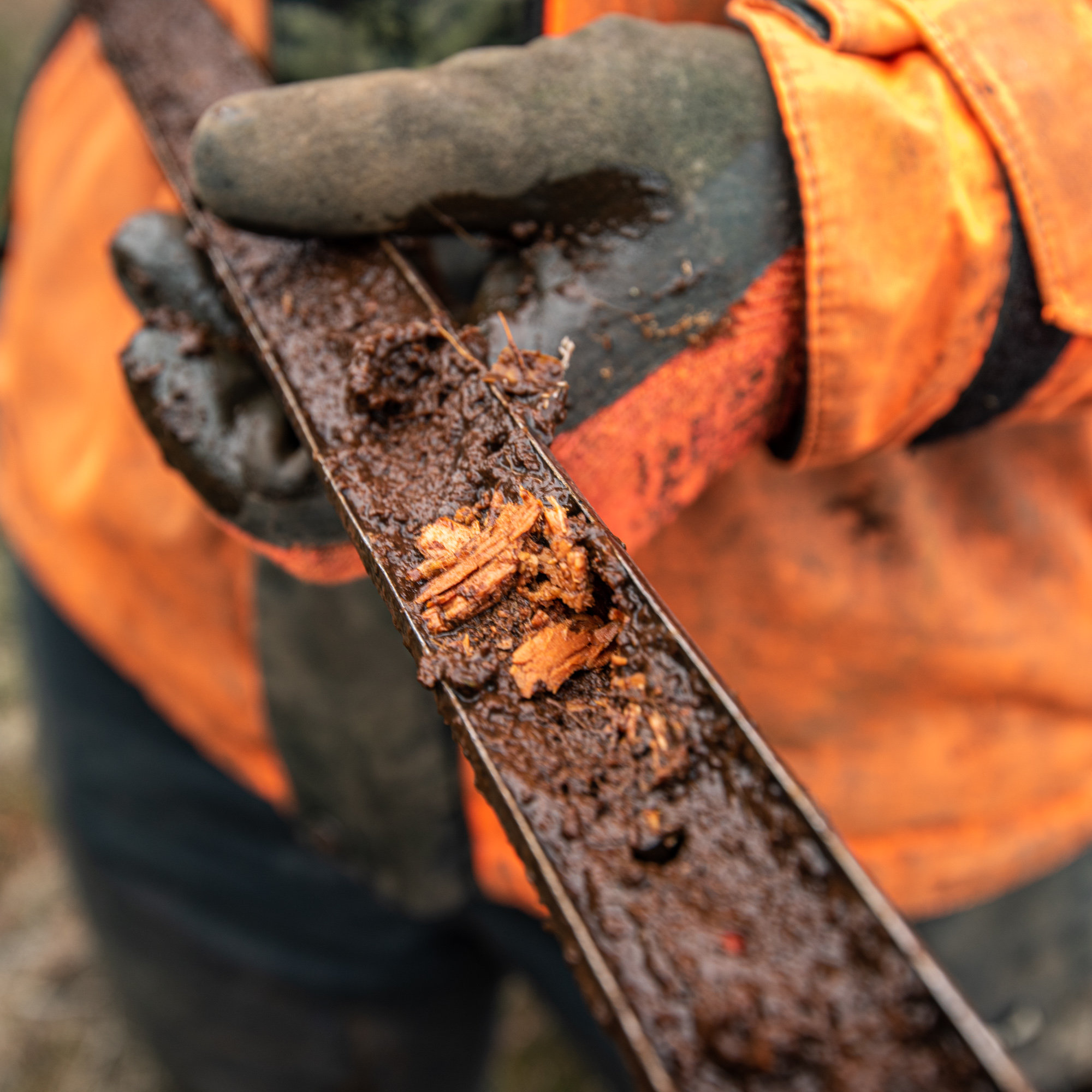
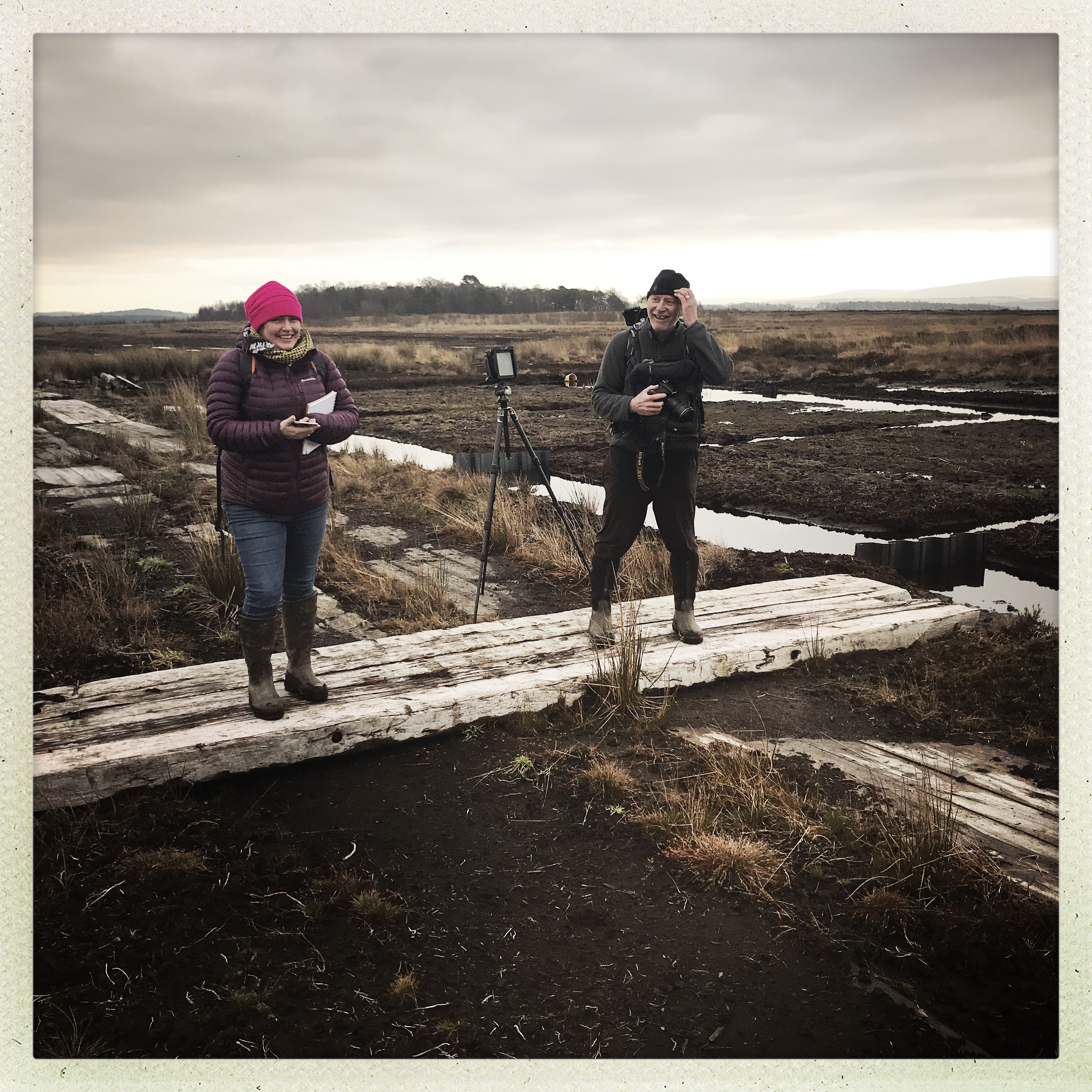
PROJECT TEAM
- At the heart of the project is Bolton Fell Moss: instrumental in the project work, at every stage, showing its own character and both guiding and reacting to restoration and artwork.
Project lead
- Prof Chris Loynes, University of Cumbria
Project management
- Rob Fraser, the PLACE Collective
- Emma Austin, Natural England Senior Reserves Manager, North Cumbria
Research artists and scientists
- Jane Barker, Professor of Practice, University of Cumbria
- Jack Brennand, PhD student, University of Cumbria
- Helen Cann, illustrator and map maker
- Simon Carr, Associate Professor of Geography, University of Cumbria
- Rob Fraser, photographer
- Harriet Fraser, poet
- Juliet Klottrup, film maker
- Anne Waggot Knott, artist and geographer
BLOGS
Throughout 2022 we’ll be sharing reflections from the project in a series of blogs, with the list below updated as new blogs appear.
1. Shifting Grounds – Helen Cann reflects on her research as she works on creating a new map of Bolton Fell Moss
2. Determined Pasts – Anne Waggot Knott shares her process of making, thinking, planning
3. Many Layers – Anne Waggot Knott reflects on the impact of work with local school children, and the learning they take away from their creative engagement with the bog and the bigger story of a changing climate.
4. A Poem, Settling – Poet Harriet Fraser talks about what happens behind the scenes in the creation of a poem, in the particular setting of Bolton Fell Moss.
5. Restoration Joy – just a quick clip of a phone-video made early in the year, with Simon Carr, Emma Austin and Jack Brennand bursting with enthusiasm about the impact of restoration works.
6. Jack Brennand video – Jack talks about what it’s been like to take part in this project, and his own research that is helping with a better understanding about peat, carbon sequestration and restoration.
7. Hand in Hand – Reflections from Anne Waggot Knott on the impact of a year’s work with two groups of young people.
8. The Wide Open Day – some images and a quick reflection of the open day, where around 70 people joined a walk, and around 100 came to the village hall for the exhibition, film showing, tea, cake and chat.
9. Moss of Many Layers film, by Juliet Klottrup, featuring Bolton Fell Moss and perspectives shared by a collection of people who have a connection with the place.
10. The Map, by Helen Cann. A post sharing images of the map created by illustrator Helen Cann, and her reflections on the process.
11. Monitoring the bog: carbon dioxide and methane measurements, with audio description by Professor Simon Carr.
12. Bog Communities and Connections: Early Evaluations – reflections from Emma Austin, Natural England Senior Reserves Manager for North Cumbria.
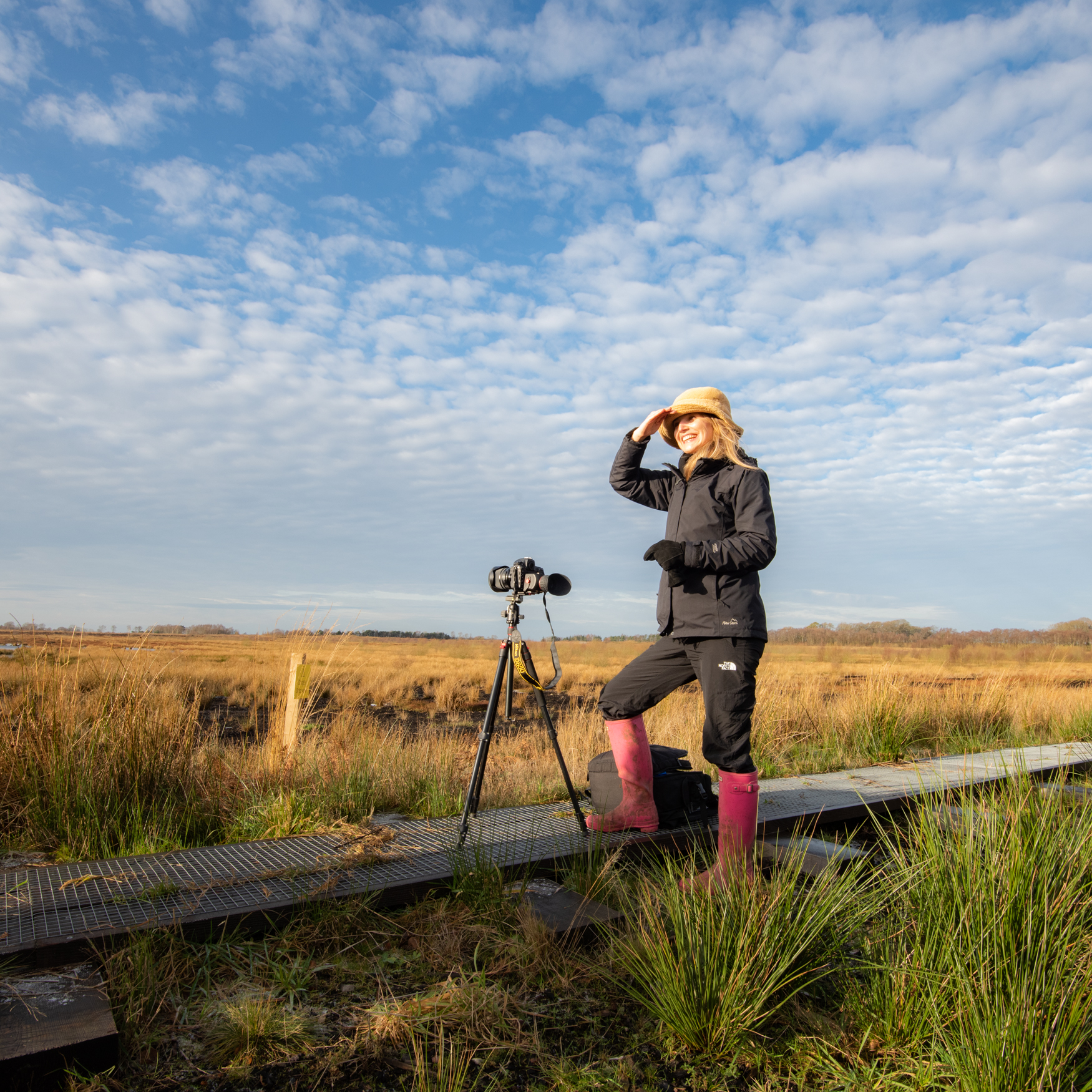
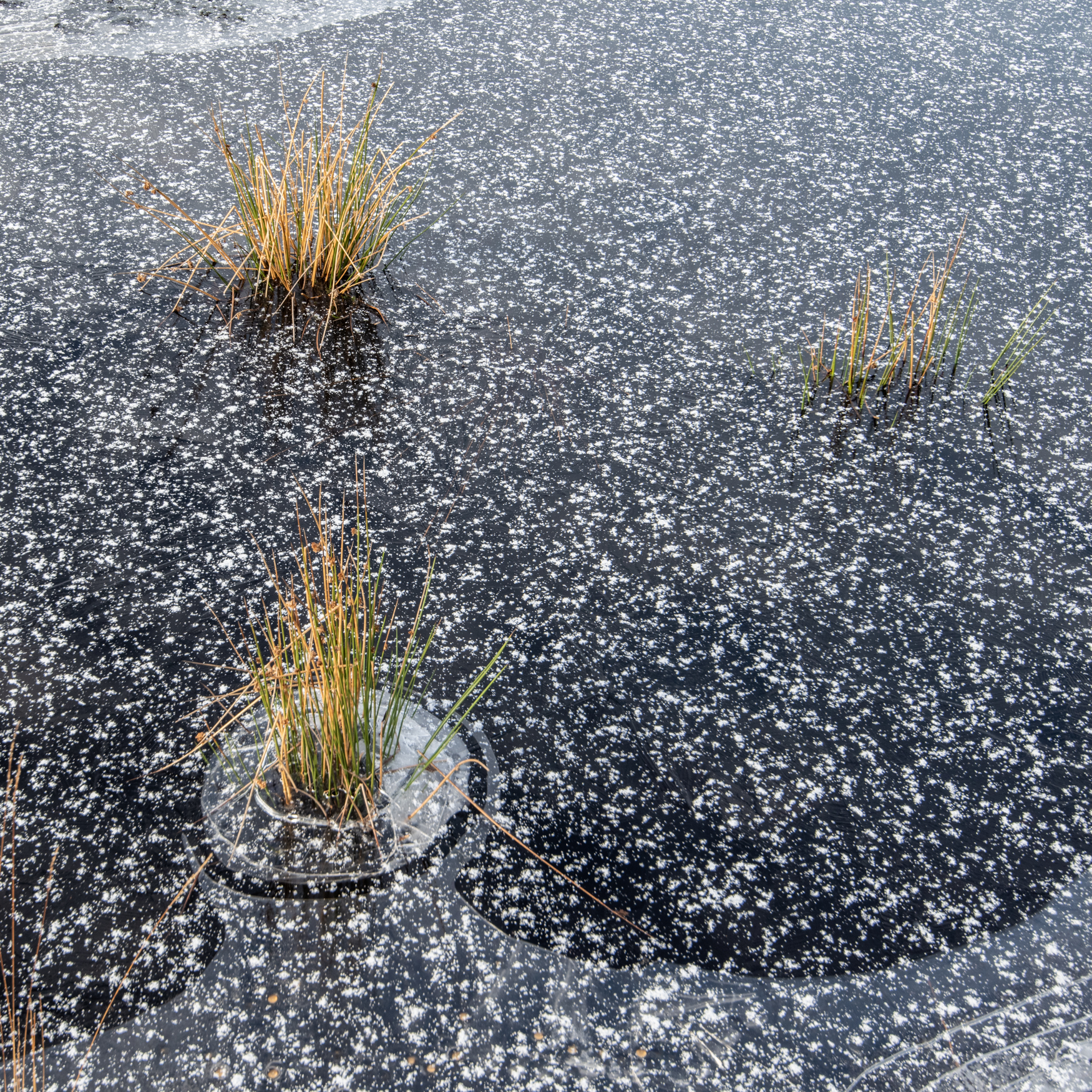
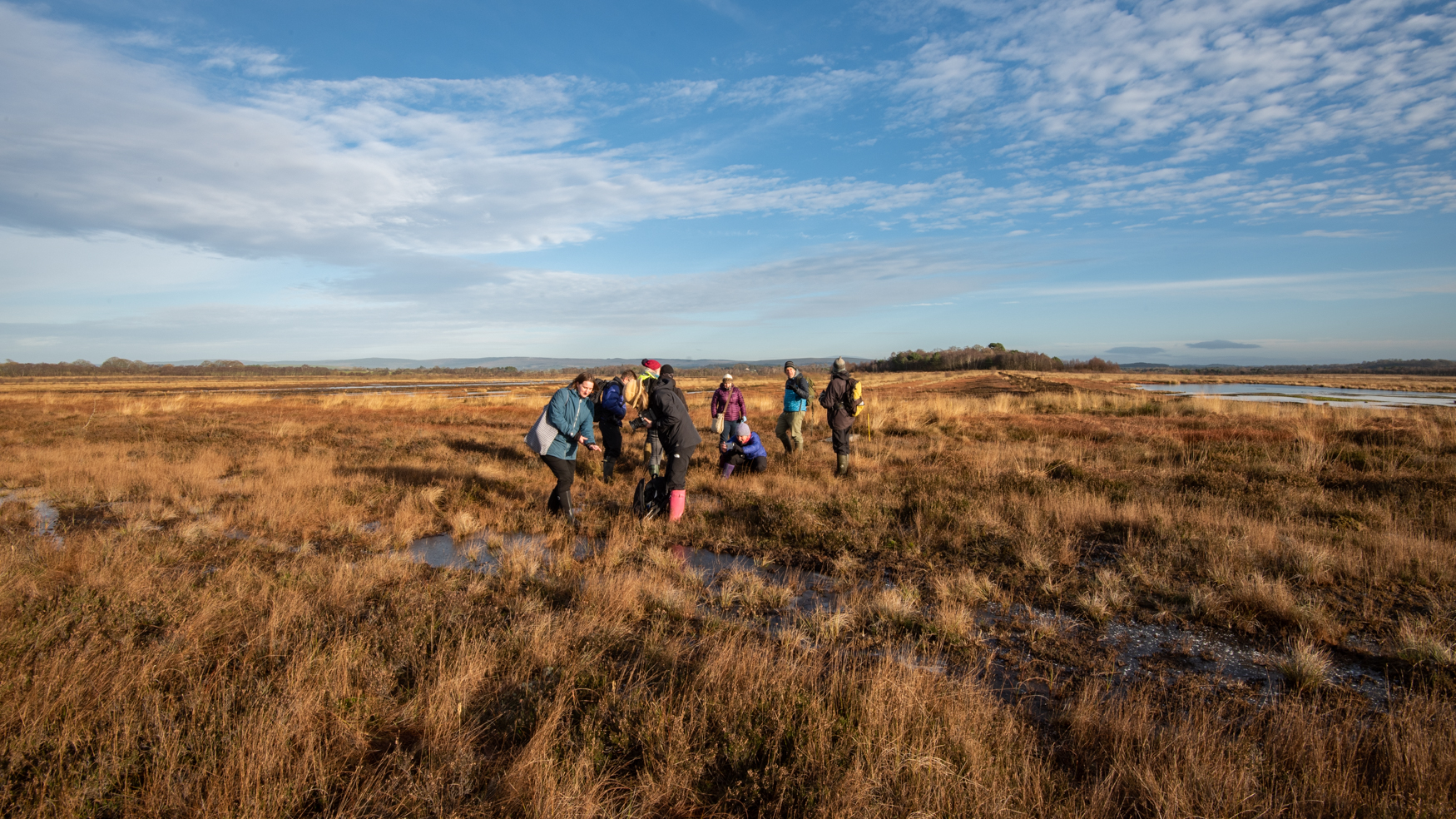
here in the flat light:
mosses, depths, cuts, water
carbon breath, a sense of waiting
a turning pointand a deep knowing
harriet fraser
from head and heart
and from the bog, being itself
showing us what to do
MORE INFORMATION
Natural England & the BogLIFE project (IUCN Peatland Programme 2015-2019)
Background information on the bog’s formation and restoration plans: scroll through all the issues of the ‘Sundew’ BogLife newsletters.
General information about UK Peatlands from the IUCN Peatland Programme.
A video of restoration in process at 3 sites in Cumbria, including Bolton Fell Moss.
The team at Cumbria University (Institute of Science and Environment)
